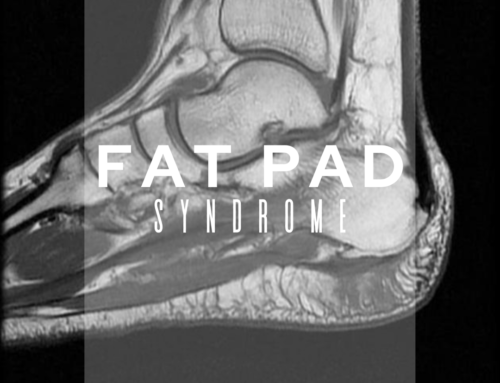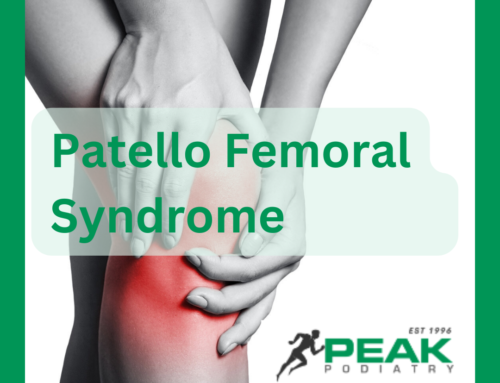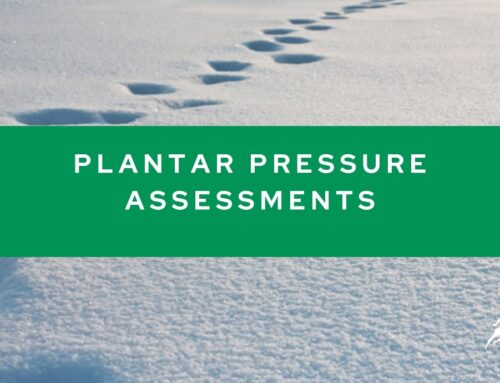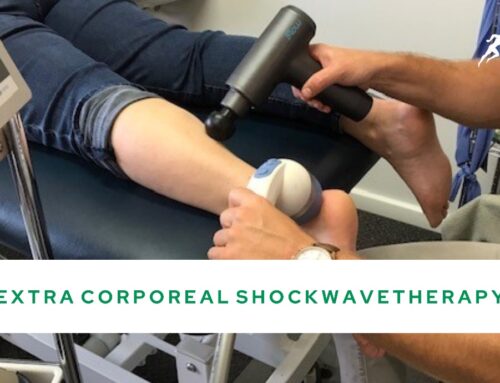Achilles tendinopathy is a common and painful condition that affects the Achilles tendon, which is a thick band of tissue connecting the calf muscles to the heel bone. It encompasses a spectrum of tendon disorders, including tendinitis (inflammation) and tendinosis (degeneration).
Achilles tendinopathy typically presents with pain, stiffness, and swelling in the back of the heel. The pain is often aggravated during activities such as running, jumping, or climbing stairs, and it may improve with rest. In some cases, the pain can become chronic and affect daily activities. Common complaints we hear in clinic is morning Achilles stiffness or pain which tends to “warm up”.
Several factors can contribute to the development of Achilles tendinopathy, including:
- Overuse or Overtraining: Engaging in repetitive or excessive activities without sufficient rest can strain the Achilles tendon.
- Biomechanical Issues: Abnormal foot mechanics, such as flat feet or high arches, can put extra stress on the Achilles tendon.
- Age: The risk of tendinopathy increases with age, as the tendon becomes less flexible and more susceptible to injury.
- Training Errors: Sudden changes in exercise intensity, improper footwear, or inadequate warm-up can lead to tendon issues.
- Obesity: Excess body weight increases the load on the Achilles tendon, increasing the risk of injury.
- Systemic conditions: Diabetes or other autoinflammatory diseases may increase susceptibility of inflammatory and degenerative changes to the Achilles tendon.
Diagnosing Achilles tendinopathy involves a thorough evaluation by your podiatrist and is usually diagnosed clinically given physical assessment and history of symptoms. In some cases, medical imaging like ultrasound or MRI may be required.
The treatment approach for Achilles tendinopathy aims to relieve pain, promote healing, and prevent recurrence. There are various treatment approaches for Achilles tendinopathy:
- Rest and Activity Modification: Reducing or avoiding activities that exacerbate the pain allows the tendon to heal. Low-impact exercises and cross-training may be encouraged.
- Physical Therapy: Targeted exercises to strengthen the calf muscles and improve capacity of the tendon.
- Orthotics, taping and Footwear: Orthotics or appropriate footwear or taping can correct biomechanical issues and reduce stress on the tendon.
- Pain Management: Non-steroidal anti-inflammatory drugs (NSAIDs) or ice applications can help alleviate pain and inflammation.
- Extracorporeal Shock Wave Therapy (ESWT): This non-invasive treatment uses shock waves to stimulate healing in the affected tendon.
In more severe cases certain injection therapies like Platelet-Rich Plasma and corticosteroid Injections are used. In rare situations surgery may be considered due to limited response to conservative treatments. If you find yourself grappling with the persistent pain and limitations caused by Achilles tendinopathy, know that there is a solution within reach. Peak podiatry offers a beacon of hope, a pathway to relief, and renewed mobility.
Our journey through Achilles tendinopathy has shed light on the importance of early assessment and personalized treatment. Our team of podiatrists stands ready to support you through this challenging experience, combining their expertise with cutting-edge treatments to address your unique needs.








Leave A Comment